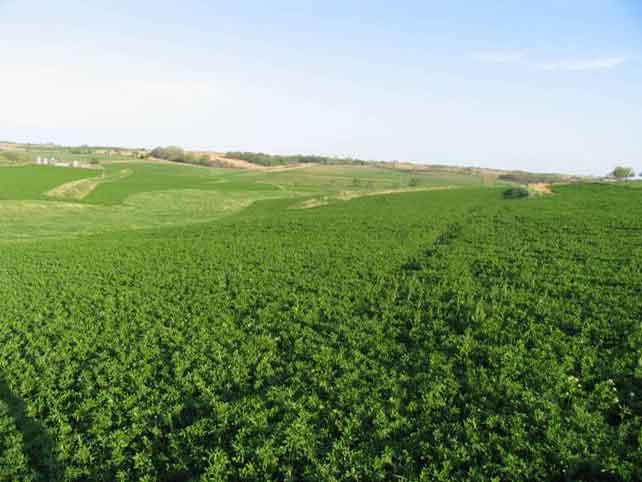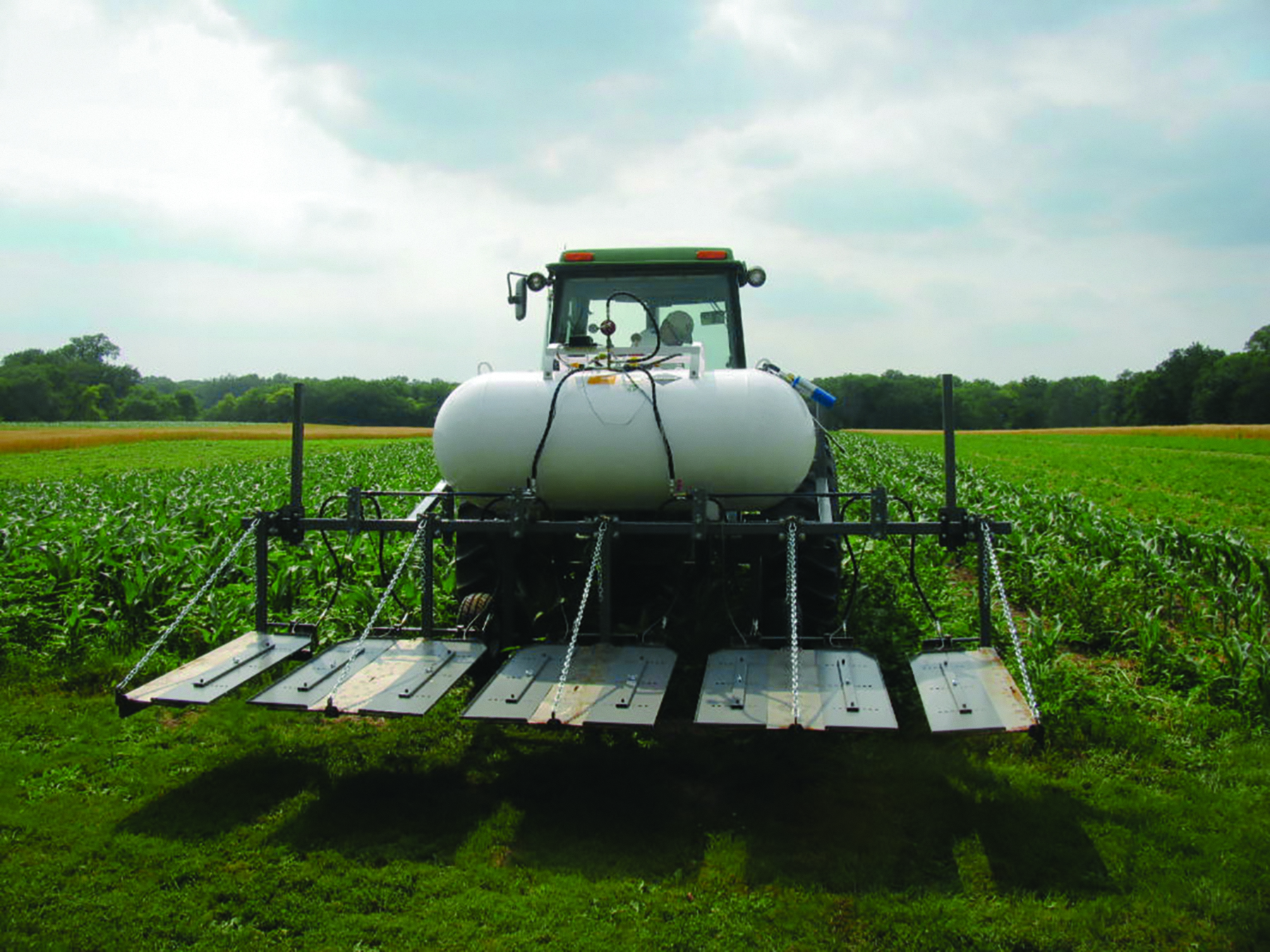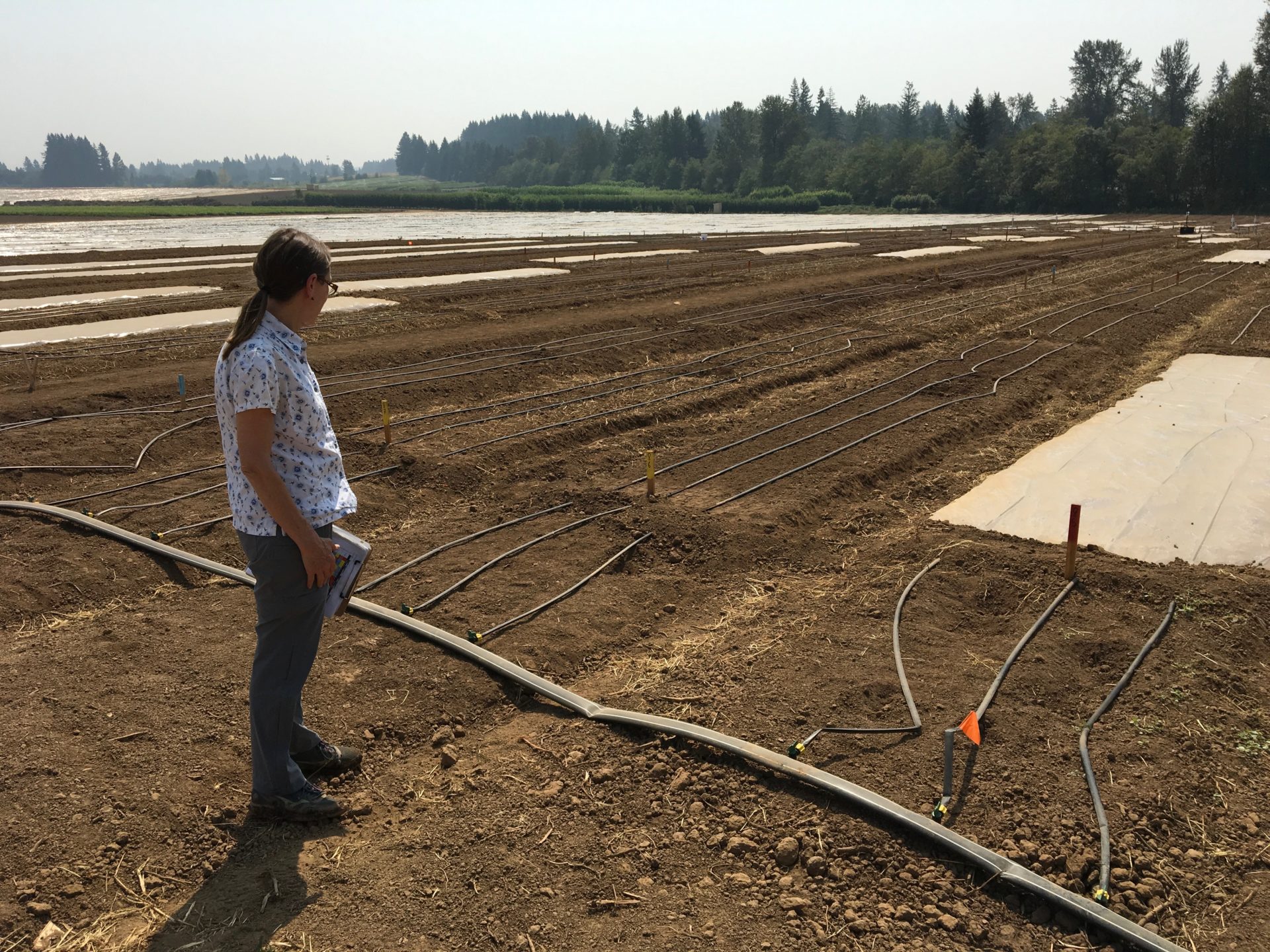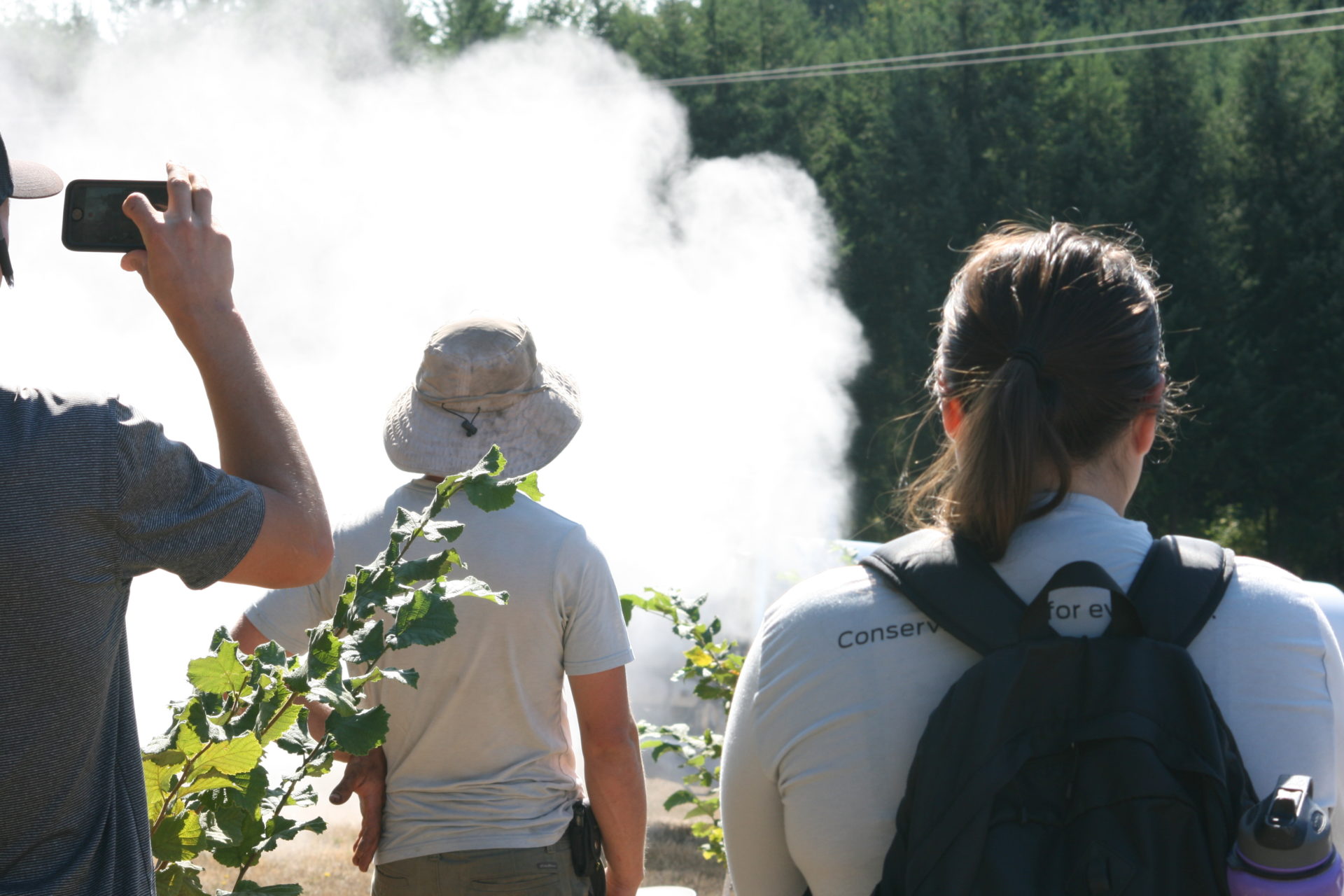The concept of healthy farms brings to mind fertile soils, clean water, and abundant wildlife. These amenities or ecosystem services were at one time taken for granted, but are now increasingly in the news and scientific literature, as we recognize that many are being degraded.
Biologically Diverse Agricultural Ecosystems
Organic farmers rely on biologically diverse agricultural ecosystems to maintain resilient farms in the absence of synthetic chemicals. Services provided by healthy agricultural systems include the production of food, fiber, and fuel, biological control, pollination, biodiversity conservation, aesthetic landscapes, carbon sequestration, climate control, purification of air and water, production of high quality soil, flood control, and breakdown of waste into nutrients. Though ecosystem services are provided free of charge, their estimated global value exceeds $33 trillion dollars per year. Beneficial species such as insects and birds, for example, provide an estimated $4.5 billion in biological pest control and $3.1 billion in pollination services annually. These ecosystem services also reduce the need for external inputs and increase yields—improving profits and sustainability. Furthermore, such practices aid local conservation efforts.
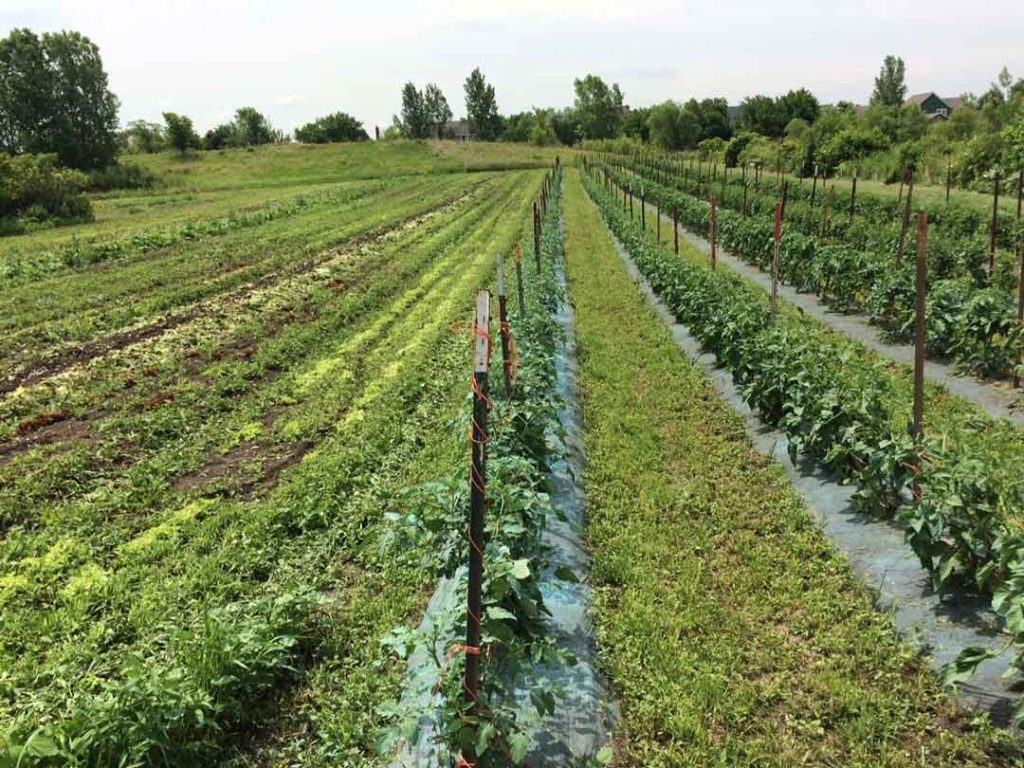
In 2016 the National Organic Program (NOP) published its Guidance on Natural Resources and Biodiversity Conservation, a direct response to the need for supporting on-farm ecosystem services through organic agriculture. Unfortunately, the guidances provided are vague, placing the burden of designing and implementing technical plans on the farmer. This task is complicated by the fact that variation in farm size, type, and geographic location all influence the feasibility and effectiveness of biodiversity-friendly farming techniques making a “one-size fits all” conservation recommendation impossible.
Research continues to identify techniques and specific on-farm best practices that will result in a biodiversity increase on farm systems, but translation of this information for farmers remains limited, as does on-farm implementation. These shortcomings continue despite the benefits that can be gained by organic farmers.
Compliance Tool
To address this, The Organic Center and Dr. John Quinn of Furman University have collaborated to develop a NOP Natural Resources and Biodiversity Conservation Guidance Compliance Tool, which provides a farmer-friendly means of examining biodiversity with an interactive front-end interface that includes the mandates released by the National Organic Program in order to aid farmers in technical decisions to increase on-farm biodiversity and comply with the new guidance.
The tool can be accessed here, and details ways that farmers can find and measure biodiversity on their fields. For example, diversity can be measured as the number of livestock breeds on a farm, the number of crop species planted in a field, the presence of unique wildlife in a pasture, or habitat patches across the farm. As a complete biodiversity inventory is not practical for a farm, suitable indicators are needed. The tool suggests indicators for general, crop, and livestock Organic System Plans for each of the following four management goals:
- Planning
- Management
- Restoration
- Preservation
In addition, to guide standardized reporting as part of annual United States Department of Agriculture (USDA) NOP certification, the tool can be used to generate a formal report.
Lastly, the tool is designed to encourage farmers to set annual biodiversity conservation targets and follow a more formal land use planning process. Thus for each category, farmers are asked to choose the best indicator for their farm, the current values that they observe on the farm, and where they would like to see their farm change to address each biodiversity indicator in the next two to three years.
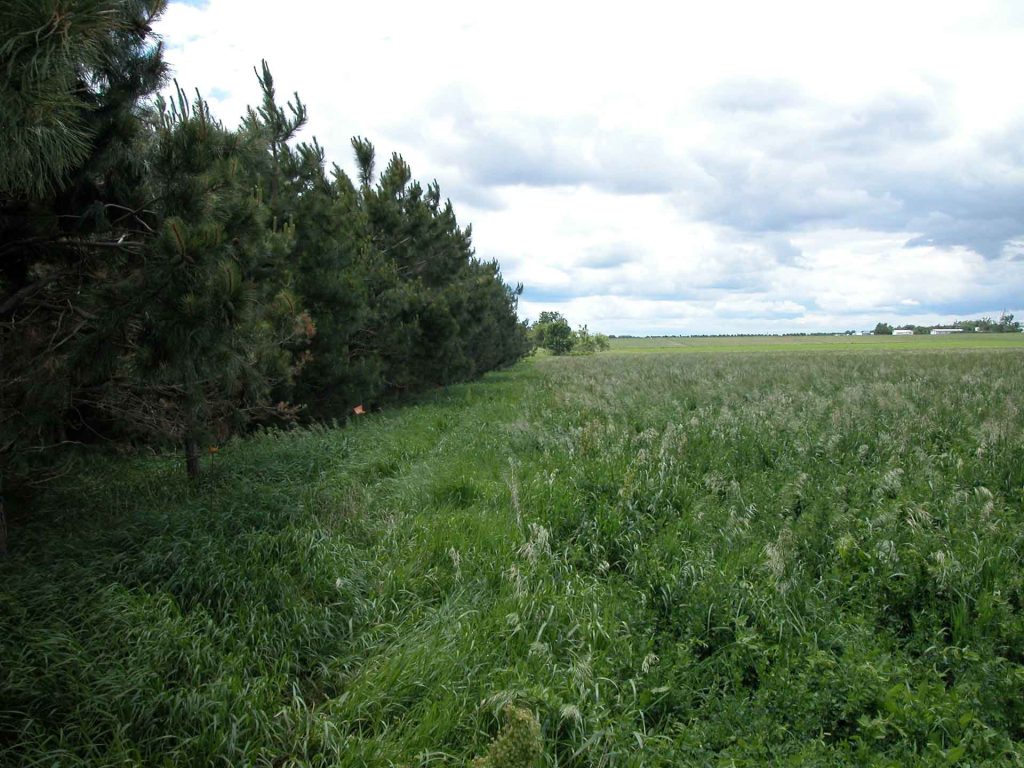
Recognizing the importance of ecosystem services to human well-being is an essential first step to sustaining healthy ecosystems now and for the future, and it is essential to ensure that the broad array of services is part of the decision-making process. The NOP Natural Resources and Biodiversity Conservation Guidance Compliance Tool seeks to improve how decisions are made by providing a cohesive way for farmers and certifiers to track on-farm biodiversity in a way that makes it easy to follow the Guidance on Natural Resources and Biodiversity Conservation.


